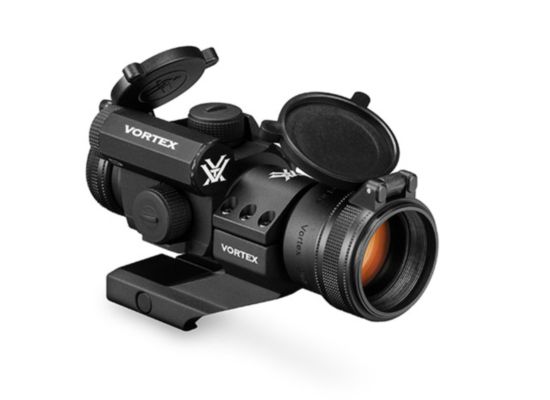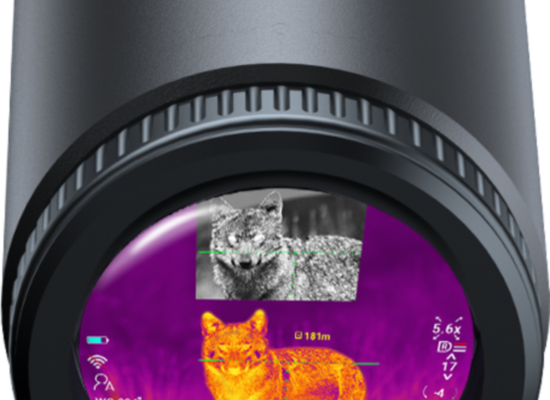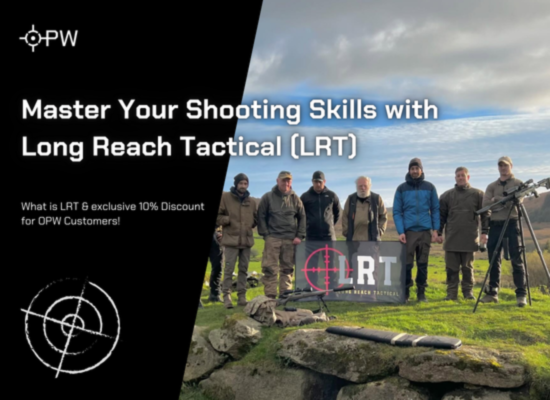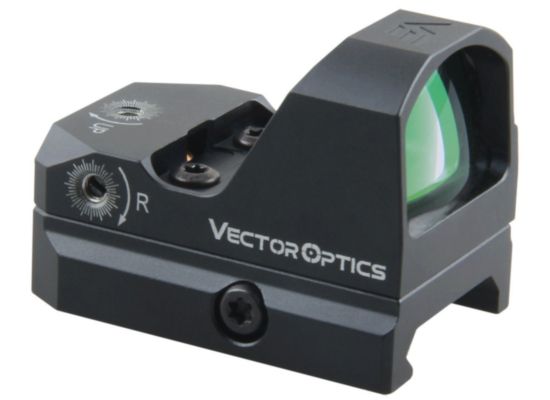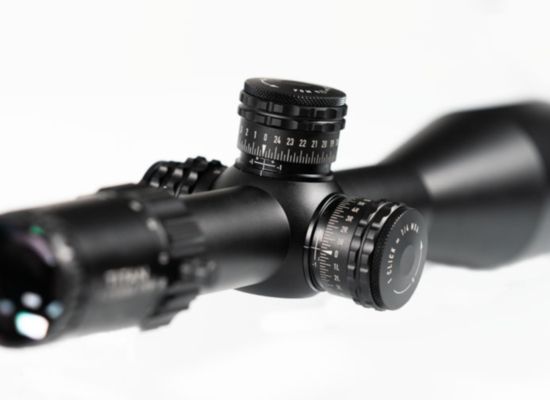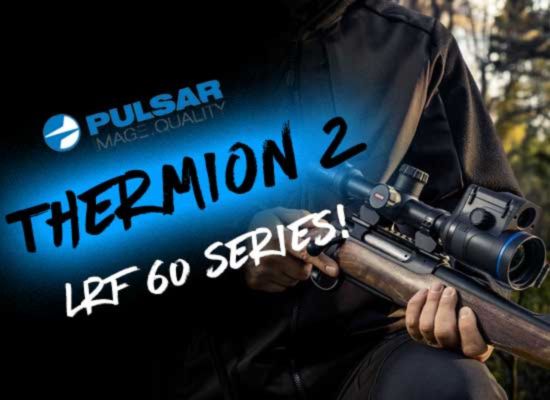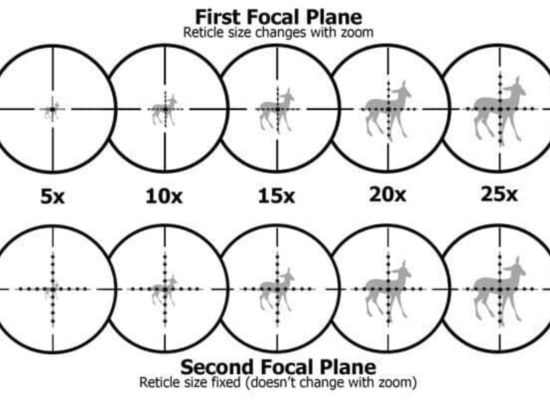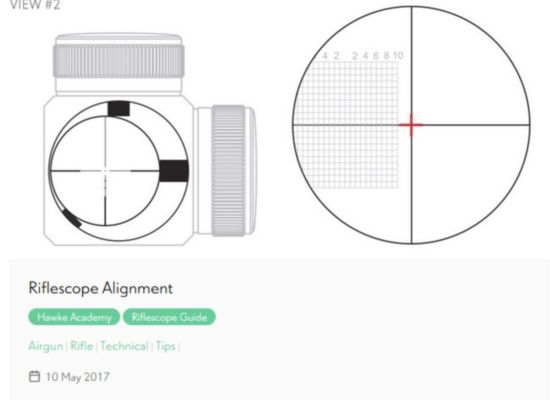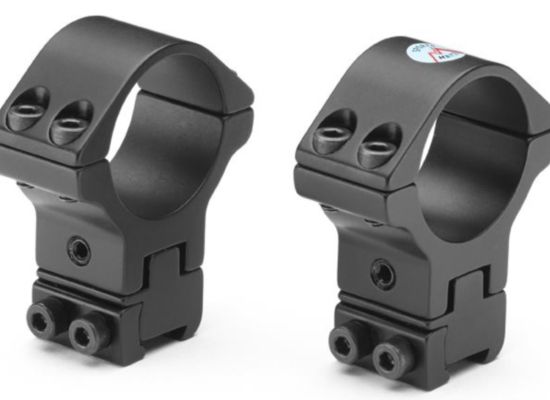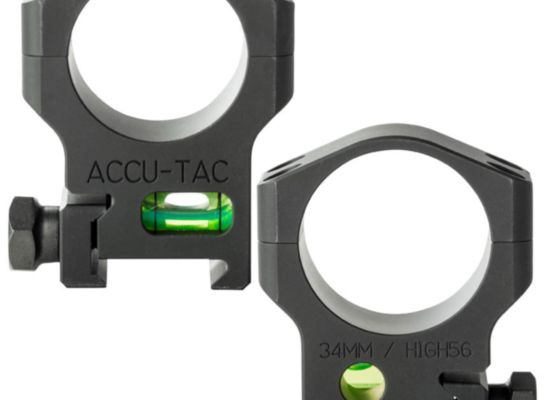5% OFF and FREE UK DELIVERY ON ORDERS OVER £150.
No Account? Create One Now and get Points Worth £20 you can use Imemdiately
No Account? Create One Now and get Points Worth £20 you can use Imemdiately
Contact Us
Account
Account
CUSTOMER LOGIN
Skip to Content
Welcome back!
If you have an account with us, please sign in.
NEW CUSTOMERS
Create an account to get exclusive offers!
- Air Gun Compressors
- Ammo Storage
- Bags, Cases and Slings
- Batteries and Power Packs
- Bipods, Tripods and Shooting Rests
- Gun Cleaning
- Lighting
- Protection
- Reloading
- Rifle Stocks
- Surveillance
- Cool Gear
- Targets
- Tools
- Watches
- Books and Media
- One Piece Rings
- Two Piece Rings
- Extended
- Cantilever
- Adjustable / MOA
- Quick Release
- Special Receivers (Tikka, Sako, CZ, Ruger, etc)
- Parts (Screws, Ring Caps, MOA Inserts)
- One Piece Bases
- Two Piece Bases
- Picatinny Rails
- Shotgun Bases
- Red Dot Bases and Interfaces
- Nightvision and Thermal Scope Bases
- MOA Adjustable Rails
- Railed Scope Base Systems
- Bubble Level Rings
- Bubble Level Rails
- M-LOK Rails
- Arca Mounts
- Picatinny Ring Caps
- ACI and Mirage Interfaces
- Snap In Adaptors
- Bipod Mounting Systems
- Magnifier Mounts (Flip 2 Side)
- Belts and Straps
- Bullet Holders
- Drag Bags
- Case / Mat Combos
- Gun Slings, Holsters and Swivels
- Hard Gun Cases
- Hydration Packs
- Miscellaneous Bags and Holders
- Range Bags and Holdalls
- Rucksacks
- Shooting Mats
- Silencer Covers
- Waist Bags and Pouches
- Bipods
- Bipod Accessories
- Monopods
- Rest Bags
- Shooting Rests
- Shooting Sticks (Mono, Bi, Tri, Quad)
- Tripods
- Tripod Adapters
- Tripod Heads
- Tripod Weapons Supports
- Bore Guides
- Brushes, Jags and Mops
- Cleaning Cloths and Patches
- Cleaning Hand Tools
- Cleaning Kits
- Cleaning Liquids
- Cleaning Rods
- Boresighters
- Bubble Levels and Levelling Kits
- Chronographs
- Gun Vises
- Gunsmithing
- Mounting Kits
- Screwdriver Kits
- Target Camera Systems
- Satellite Communicators
- Torque Wrenches
- Trigger Pull Gauges
- Wind Meters
- Night Vision Rifle Scopes
- LRF Night Vision Rifle Scopes
- Night Vision Add Ons
- Add On Collars
- Nightvision And Thermal Bundles
- Thermal Rifle Scopes
- LRF Thermal Rifle Scopes
- Thermal Add Ons
- Add On Collars
- Nightvision And Thermal Bundles
- One Piece Rings
- Two Piece Rings
- Extended
- Cantilever
- Adjustable / MOA
- Quick Release
- Special Receivers (Tikka, Sako, CZ, Ruger, etc)
- Parts (Screws, Ring Caps, MOA Inserts)
- One Piece Bases
- Two Piece Bases
- Picatinny Rails
- Shotgun Bases
- Red Dot Bases and Interfaces
- Nightvision and Thermal Scope Bases
- MOA Adjustable Rails
- Railed Scope Base Systems
- Belts and Straps
- Bullet Holders
- Drag Bags
- Case / Mat Combos
- Gun Slings, Holsters and Swivels
- Hard Gun Cases
- Hydration Packs
- Miscellaneous Bags and Holders
- Range Bags and Holdalls
- Rucksacks
- Shooting Mats
- Silencer Covers
- Waist Bags and Pouches
- Bipods
- Bipod Accessories
- Monopods
- Rest Bags
- Shooting Rests
- Shooting Sticks (Mono, Bi, Tri, Quad)
- Tripods
- Tripod Adapters
- Tripod Heads
- Tripod Weapons Supports
- Bore Guides
- Brushes, Jags and Mops
- Cleaning Cloths and Patches
- Cleaning Hand Tools
- Cleaning Kits
- Cleaning Liquids
- Cleaning Rods
 KLARNA AVAILABLEOn All Products!
KLARNA AVAILABLEOn All Products! 5 STAR REVIEWS99% 5* Trustpilot Reviews
5 STAR REVIEWS99% 5* Trustpilot Reviews  EXCHANGE GUARANTEE90 day scope out guarantee
EXCHANGE GUARANTEE90 day scope out guarantee FAST DISPATCHFast delivery on in-stock items
FAST DISPATCHFast delivery on in-stock items MAKE AN OFFERName Your Price eBay style!
MAKE AN OFFERName Your Price eBay style! 
Tactical Scope Blog
CATEGORIES
CATEGORIES
- All
- Red Dots (6)
- Shooting Accessories (13)
- New Products (29)
- Binoculars (7)
- Stalking (11)
- Rucksacks & Drag Bags (3)
- Field Target (7)
- Giveaway & Competitions (1)
- Recommended (19)
- Shooting Comps (17)
- Tips (25)
- Clothing (1)
- Foxing (4)
- Scope Mounts (11)
- Competition Past Winners (1)
- HFT (3)
- Scope Mounts (6)
- OPWTV (91)
- Rifle Stocks (2)
- Ammunition (1)
- Events (9)
- Monoculars (8)
- Long Range (14)
- The Optics Warehouse Podcast (1)
- Gallery Rifle (3)

Featured
Red Dot or Green Dot Sight - what one is best for you?
A regular question we are asked at Tac scope HQ is what colour dot to choose. Of course some models have both but if you are setting priority on one what do you need to consider?
Useful Reference Links
All Red and Green Dots on Tacticalscope
Vector Red and Green Dots
Vortex Red and Green dots
Holson Red and Green Dots
Hawke Red and Green Dots
Green dot sight filter (maybe not be exhustive)
When to Use a Green Dot Sight:
Bright Conditions – Green is easier to see in daylight because the human eye is more sensitive to green wavelengths. This makes it ideal for outdoor use in bright environments.
Eye Fatigue Reduction – Green is less straining on the eyes, especially during prolonged use. If you plan to use your sight for extended periods, a green dot can be more comfortable.
Better Contrast in Certain Backgrounds – In environments where red may blend in (such as wooded areas with brown or red-toned backgrounds), green can stand out more.
Astigmatism or Vision Issues – Some people with astigmatism see a red dot as blurry or distorted, while a green dot appears clearer and sharper.With this issue also look into Prismatic scopes that can solve the blurrya nd distorted problem but at the cost of having to accept regular eye relief.
Battery Efficiency at High Brightness – Green dots often require more power at high brightness settings, but some modern optics optimize for this, making them practical even with the higher energy draw.
When to Use a Red Dot Sight:
Better Battery Life – Red LEDs are generally more power-efficient, so red dot sights last longer on a single battery.
More Night Vision Compatible – Red dots work better with night vision because they can be dimmed to levels that don't overpower night vision devices.
More Common & Affordable – There is loads more choice in red dots and they are usually cheaper than green dot sights.
Apart from Night Vision the common availability is the biggest factor, there are not many green dot models about. See below for some ideas.
Conclusion:If you're shooting in bright daylight or have trouble seeing red, a green dot sight might be a better choice. If you need longer battery life, night vision compatibility, or a more budget-friendly option, a red dot is still a solid pick.
Example: For a rifle. NB - we stock Holsun, Vortex, Vector and Hawke. Use the search funtion and write Green Dot to bring up options.
You'll want a durable and reliable red/green dot sight with good battery life and a clear reticle. Here are some top recommendations based on performance and budget:
High-End Holosun HS510C – Best OverallWhy? Extremely durable, solar backup, long battery life, wide sight picture.Features: Red/green reticle, shake-awake, multi-reticle system.Best For: AR-15s, tactical carbines, hunting rifles.
EOTech 512 Holographic SightWhy? Battle-proven, crisp reticle, large window.Features: Red/green reticle, high-speed target acquisition.Best For: Serious tactical shooters and hunters.
Mid-Range Vortex Strikefire II – Best for ReliabilityWhy? Great battery life (80,000+ hours), waterproof/fog-proof.Features: 4 MOA dot, 10 brightness settings, shockproof.Best For: AR platforms, hunting, tactical shooting.
Vortex Crossfire 2 MOA Green dotWhy? Small, lightweight, great co-witness with iron sights.Features: Adjustable brightness, auto-shutoff, durable construction.Best For: Lightweight builds and tactical shooting.
BudgetHawke 1x30 3 MOA Red and green dot – Best Budget PickWhy? Affordable, easy-to-use, decent performance.suits both 11mm and weaver rails. Features: Dual red and green for flexibility. 3 MOA dot, shock-resistant, coated optics.Best For: Range shooting, casual use, airsoft.
Vector Z1 RDSL20 (11mm base) and RDSL15 (weaver base) Red/Green Multi ReticleWhy? Super cheap, decent for plinking or backups.Features: 4 rteticle patterns - 5 levels red/green illumination, lightweight.Best For: Casual range use, airsoft, or as a secondary optic.
Best Pick for You?
If you want a tactical-ready optic – Holosun HS510C
If you need a solid mid-range option – Vortex Strikefire II
If you want a budget option – Hawke 1x30
So what
READ ARTICLE

Featured
How to make a homemade killflash, How to make a homemade honeycomb sunshade, How to make a homemade ARD
How to make an homemade Honeycomb Sunshade Killflash ARD
One of our regular enquiries is if there is a honeycomb sunshade or killflash/ARD for a particular scope model. They can be useful for reducing glare and preventing reflections from optics such as scopes, binoculars, or red dot sights
Unfortunately in most cases there is no after market accessory. Such things are nornally screw in and are very fussy about specific make and model scopes both in case inner diameter and then thread pitch and width. Taking the example of Hawke honeycombs, they do 2 models for just their 50mm scopes, due to differences in case inner diameter between AO and non AO models. And even then they do not fit a lot of Hawke scopes, especially older models, let alone anyone elses! Such is the issue that we have taken them off sale on places like Amazon where we cannot edit adverts to stress the importance of 100% compatibility. = Many returns.
But all is not lost! From low tech supermarket to higher tech 3D printing there are ways to make your own. Here are some ideas for your new DIY honeycomb shade.
A homemade honeycomb / killflash (anti-reflection device, ARD) You can make one using simple materials like honeycomb material, plastic, or mesh.
Method 1: Drinking Straws (Easy & Cheap) Materials Needed:- Black plastic drinking straws (thin-walled preferred) - Super glue or hot glue - Electrical tape or shrink wrap - Razor blade or sharp scissors - A scope lens cover or plastic ring
Steps:1. Cut the straws to match the depth of your scope's objective lens (typically around 5-10mm). 2. Arrange the cut straws tightly together inside a plastic ring (use a scope cap or make a ring from a bottle cap). 3. Glue the straws together carefully to form a honeycomb-like structure. 4. Trim excess material to ensure a perfect fit inside your scope’s lens housing. 5. Attach the ARD to the front of your optic using electrical tape or glue.
Method 2: Honeycomb Mesh (More Durable)Materials Needed:- Black plastic or aluminum honeycomb mesh (found in car grilles, air vents, or online stores) - A scope lens cover or a plastic ring - Super glue or epoxy - Sharp knife or Dremel tool
Steps:1. Cut the honeycomb mesh to match the size of your optic's objective lens. 2. Secure it inside a lens cap or within a plastic ring that fits snugly. 3. Glue or snap the honeycomb insert into place. 4. Paint matte black if needed to reduce reflections further.
Method 3: Window Screen or Metal MeshMaterials Needed:- Fine black window screen or metal mesh - Scissors or wire cutters - Glue or double-sided tape - Black paint (optional for extra anti-glare protection)
Steps:1. Cut the mesh to fit over the lens. 2. Glue or tape it to a ring that fits on the objective lens. 3. Use multiple layers if more light reduction is needed.
Final Tips:- A deeper honeycomb (5-10mm) will be more effective at blocking reflections. - Ensure uniformity so that light transmission is not blocked too much. - Test the ARD to ensure minimal distortion of the sight picture. - Consider using removable methods like Velcro or friction-fit rings for easy removal.
Here is an example for a specific optic. In this case a Vector Optics Mustang 1-4x30 is a low-power variable optic (LPVO) with a 30mm objective lens. Given its compact size, a homemade killflash (ARD) needs to be slim and lightweight to avoid obstructing the field of view.
Best DIY Killflash for Your Scope: Recommended Method: Honeycomb Mesh (Durable & Low Profile) Since the 30mm objective is relatively small, using a thin aluminum or plastic honeycomb insert is the best option.
Materials Needed: ✅ Aluminum honeycomb mesh (from car grilles, ventilation panels, or Amazon) ✅ 30mm plastic ring (scope cap, PVC pipe section, or a 3D-printed ring) ✅ Super glue or epoxy ✅ Matte black spray paint (optional for extra anti-glare protection)
Steps: 1. Cut a 30mm circle from the honeycomb mesh (about 5-7mm thick for best results). 2. Insert it into a scope cap or plastic ring that fits snugly over the objective lens. 3. Glue the honeycomb piece inside the ring and let it dry completely. 4. Paint matte black (if needed) to further reduce glare. 5. Attach it to the front of your scope using friction fit, Velcro, or a small amount of removable adhesive.
Would you like a 3D-printed design template or help finding materials online?For this, get on over to ChatGPT or your AI of choice and ask it: how to make an homemade honeycomb sunshade killflash / ARD for *scope make model here*It will reply with the options above and then ask if you want it to generate design templates. Amazing.
For our example 30mm scope above here is what to expect:
solid Killflash
// Define parameterslens_diameter = 30; // Diameter of the scope lenshoneycomb_size = 3; // Size of honeycomb cellsthickness = 7; // Depth of the killflash
module honeycomb_pattern(){ for (x=[-lens_diameter/2:honeycomb_size:lens_diameter/2]){ for (y=[-lens_diameter/2:honeycomb_size:lens_diameter/2]){ translate([x, y, 0]) cylinder(h=thickness, r=honeycomb_size/2, center=true, $fn=6); } }}
module killflash(){ difference(){ // Outer ring cylinder(h=thickness, r=lens_diameter/2, center=true, $fn=100); // Honeycomb pattern honeycomb_pattern(); }}
killflash();
How to Use the File:Download & PrintUse PLA, PETG, or ABS (black recommended).Print with a layer height of 0.2mm for best detail.
Post-ProcessingSand edges if needed for a snug fit.Paint matte black if necessary.
AttachmentSnap onto your scope or use a small amount of removable adhesive.
READ ARTICLE

Featured
Sightmark Night Vision Scope Freezing, PARD Night Vision Scope Freezing, Night Vision Scope Freezing, HIK Night Vision Scope Freezing, Faulty night vision scope, Alpex Night Vision Scope Freezing
What To Do If Your Night Vision Scope Freezes
A common email or call we get relates to a digical night vision or thermal scope freezing up. Not turning off. Not functiing as it shold be and so on.
It is not unusual and actually you should expect it sooner or later. Do not panic. It does not mean in nost cases the the unit is faulty and needs repair or replacement.
Remember this - Night Vision and Thermal scopes are basically computers in scope form, and as you do at home, or get told to do by the moody IT tech at work - Reboot it!
So you use a similar approach as when a computer or phone freezes.
1. Force Shutdown i.e. reboot - - Press and hold the power button for 10–15 seconds. This should force the unit to turn off.
2. Remove the Batteries - If holding the power button doesn’t work, remove the batteries from the device. Wait at least 30 seconds before reinserting them and turning the scope back on.
3. Check for Firmware Up dates - If the device keeps freezing, check for a firmware update on the manufacturers official website. Install the latest firmware using a microSD card (follow manufacturers update instructions).
4. Contact support - If order placed with Tacticalscope contact our parent company Opticswarehouse, though to be honest, they will probably suggest the above and if fails send in for inspection. Call them on 01803 611895
READ ARTICLE

Featured
skills, shooting skills, shooting, sessions, optics warehouse, optics, LRT, long reach tactical, classes
Master Your Shooting Skills with Long Reach Tactical (LRT) – Exclusive 10% Discount!
Master Your Shooting Skills with Long Reach Tactical (LRT)
At Optics Warehouse, we’re always on the lookout for the best training and resources to help our customers enhance their shooting skills. That’s why we’re excited to introduce Long Reach Tactical (LRT)—a premier provider of professional firearms training, tactical consultation, and bespoke coaching.
Why Choose Long Reach Tactical?
Whether you're a competitive shooter, hunter, frontline operator, or simply looking to sharpen your skills, LRT offers customised training programs designed to fit your needs. With instructors boasting Royal Marines Commando and British military experience, you can trust that you’re learning from the very best.
The LRT Edge: More Than Just Training
LRT’s approach is built on four core principles:
Educate – Learn from seasoned professionals in shooting, tactics, and emergency response.
Develop – Enhance your skillset to meet modern challenges.
Guide – Receive personalised coaching for measurable progress.
Execute – Gain confidence to perform under real-world conditions.
LRT’s Specialised Training Programs
LRT offers a diverse range of training programs to suit every shooter’s needs, including:
1-to-1 Bespoke Coaching – Tailored plans for competition shooting, tactical operations, and personal skill development.
Precision Marksmanship – Master long-range shooting, wind reading, ballistics, and position-building.
Small Team Tactics & CQB – Improve teamwork, communication, and situational awareness for high-pressure environments.
Advanced Medical Training – Courses covering emergency combat care, trauma life support, and tactical medical response.
Who Can Benefit from LRT Training?
LRT’s courses are designed for:✔ Competitive shooters looking to excel in their field.✔ Civilians aiming to improve safety, accuracy, and firearm handling.✔ Close Protection Officers (CPOs) and executive security teams.✔ Military and law enforcement personnel requiring advanced tactical training.✔ Medical professionals working in remote or hostile environments.
World-Class Training Locations
LRT operates in two elite locations:
United Kingdom – A specialist facility in South West England for all-weather training.
South Africa – An advanced training centre in Johannesburg featuring paramedic embeds and safari-based training options.
Exclusive 10% Discount for Optics Warehouse Customers
As a valued customer of Optics Warehouse, you can get 10% off your LRT training. Simply quote OPTICS10 when booking your course! If you’re serious about improving your shooting ability, tactical awareness, or emergency response skills, LRT is the ultimate training experience.
Visit Long Reach Tactical today and take your skills to the next level!
READ ARTICLE

Featured
Weihrauch HW44, Vector Optics SCRD-19II, vector optics frenzy red dot sight, target shooting optics, red dot sight review, pest control shooting, PCP pistol sight, best red dot for HW44, air pistol optics
What Red Dot Sights are Suitable for Weihrauch HW44 Pistols
We are often asked what sort of sight or scope is suitable for "model" rifle or pistol - Or is the "model" sight suitable for "model" rifle or pistol.
Here is an example that I thought would make a useful post that helps guide the decision process even if not specific to you.
HACK TIP - Ask Chat GPT or other AI in this format and you will get a very good answer: SCRD-19II Vector Optics Is this red dot sight suitable for Weihrauch HW44 PCP .177 Air-Pistol, for use in the following scenarios; Target shooting on ranges, and outdoor pest control @ 10/20/30m
And here is what the robot gods had to say:
The Vector Optics SCRD-19II (Frenzy 1x17x24) red dot sight is a compact, lightweight optic that can work well with air pistols like the Weihrauch HW44 PCP .177, provided it meets your specific needs. Let's evaluate its suitability for target shooting and outdoor pest control at 10/20/30m.
Get one here (if in stock)
1. Compatibility with Weihrauch HW44
Mounting: The HW44 features a Weaver/Picatinny rail, which the SCRD-19II should fit without issue.'
Durability: The SCRD-19II is designed for recoil resistance, and the HW44, being a PCP air pistol, has little to no recoil, so it should hold zero well.
2. Suitability for Target Shooting (10/20/30m)
Dot Size: The sight has a 3 MOA red dot, which offers a good balance between precision and fast target acquisition. At:
10m → The dot covers about 9mm of the target.
20m → Covers around 18mm.
30m → Covers about 27mm.
This means for precision target shooting, particularly for smaller targets, the dot may cover too much of the bullseye at 30m.
Brightness Settings: The SCRD-19II has adjustable brightness, making it suitable for different lighting conditions, whether indoors or outdoors.
3. Suitability for Pest Control (10/20/30m)
Accuracy: At 10-20m, the 3 MOA dot should allow for accurate shot placement on small pests like rats or pigeons. At 30m, it may start to obscure finer aiming points, making headshots on very small targets challenging.
Parallax & Eye Relief: Being a red dot sight, it provides unlimited eye relief and is parallax-free beyond a certain distance, which helps for fast, instinctive shooting.
Conclusion: Is it Suitable?
✅ Yes, the Vector Optics SCRD-19II is a suitable red dot sight for the Weihrauch HW44 PCP .177, especially for target shooting at 10-20m and pest control at close-to-medium distances.???? For precision shooting at 30m, the 3 MOA dot may be a bit large, but it depends on the size of your target and your shooting preference.
Alternative Considerations:If you want more precision for longer ranges (30m+), a smaller MOA dot (e.g., 2 MOA) or a scope might be better.If your priority is fast target acquisition, this red dot sight should work well.
READ ARTICLE
Finance is provided by Omni Capital Retail Finance Ltd which is a credit provider/lender. Tactical Scope does not receive payment for introducing customers to Omni Capital Retail Finance. Omni Capital Retail Finance Ltd finance options are subject to individual status; terms and conditions apply. Omni Capital Retail Finance Ltd is registered in England and Wales with company number 7232938. Registered address: 10 Norwich Street, London, EC4A 1BD.
Authorised and regulated by the Financial Conduct Authority, Firm Reference Number: 620615.

